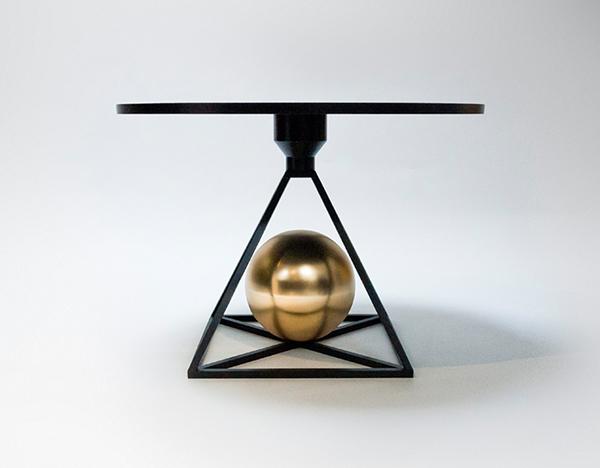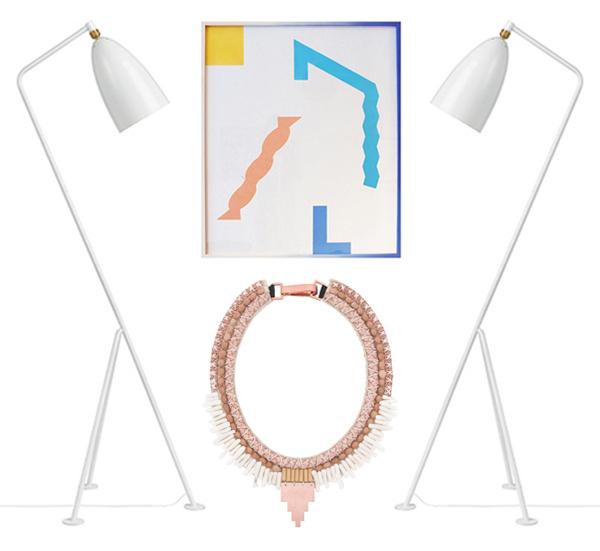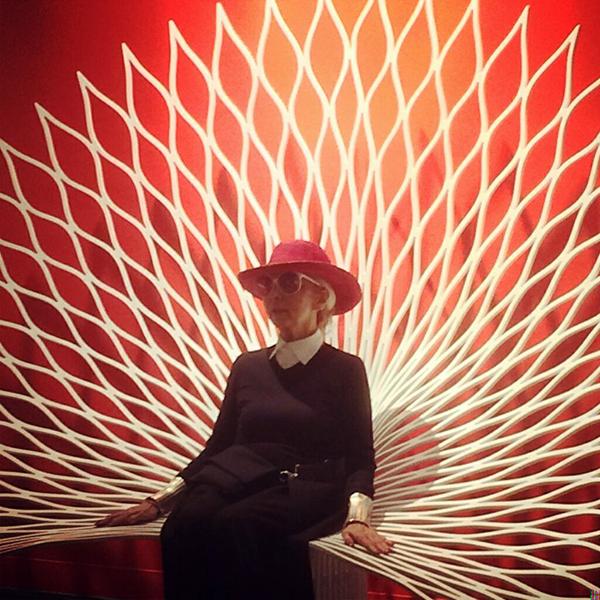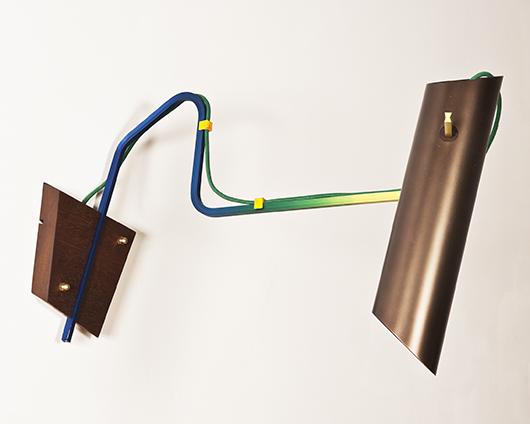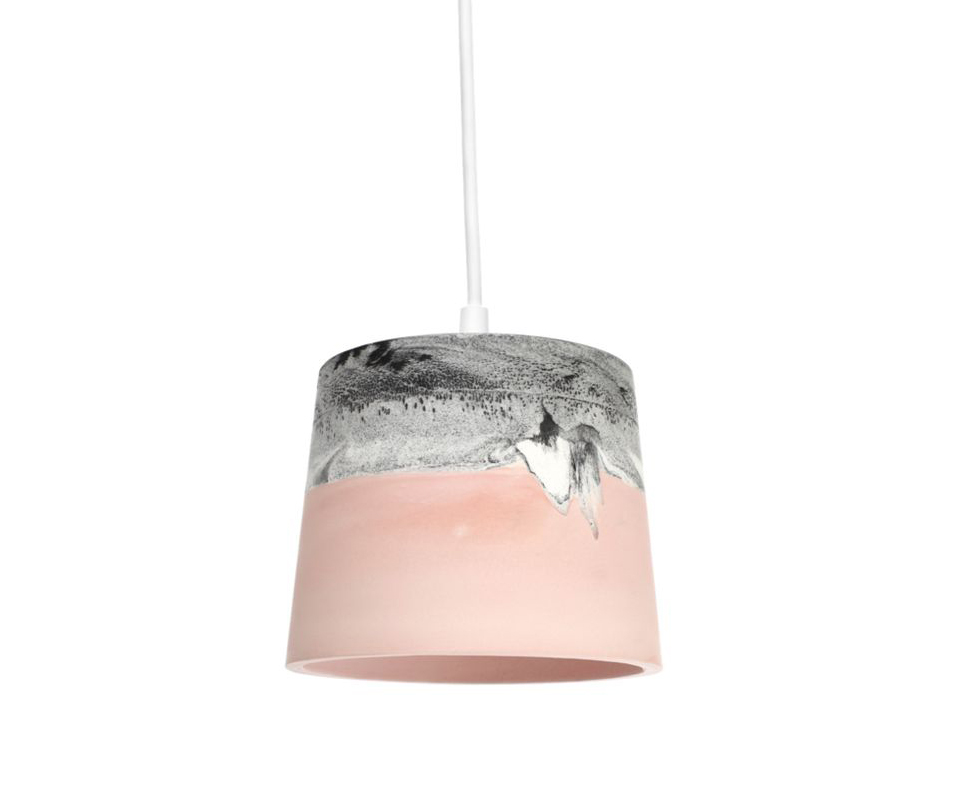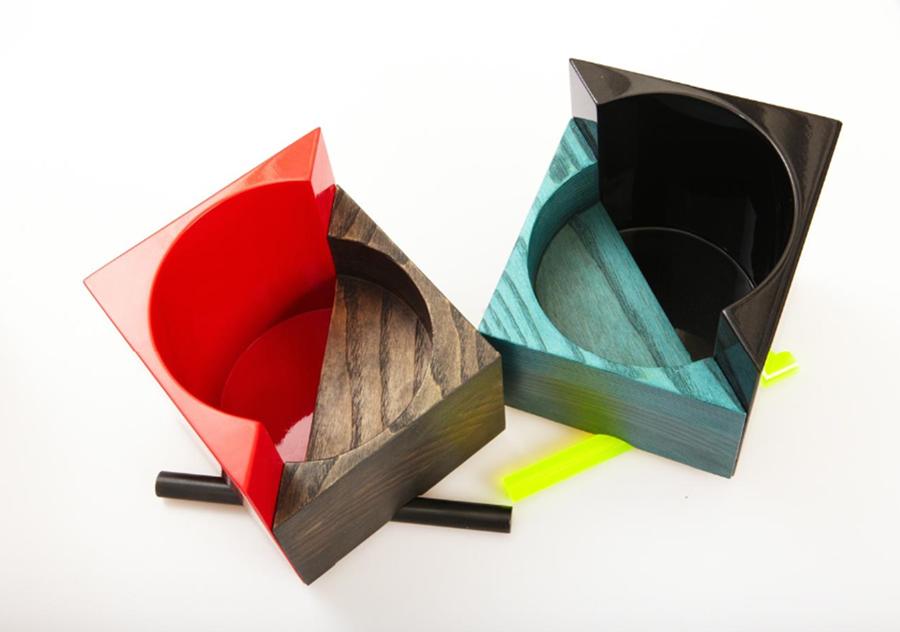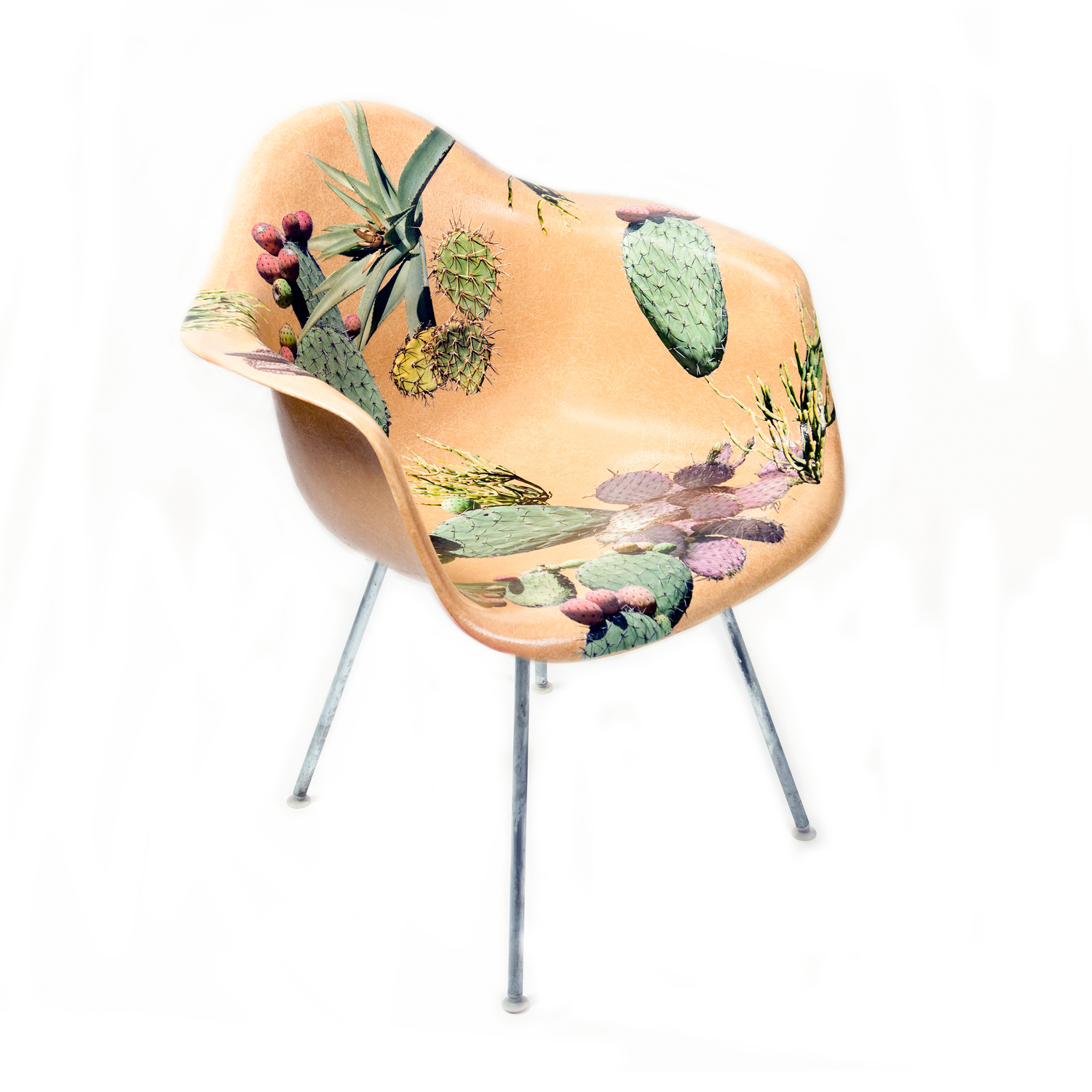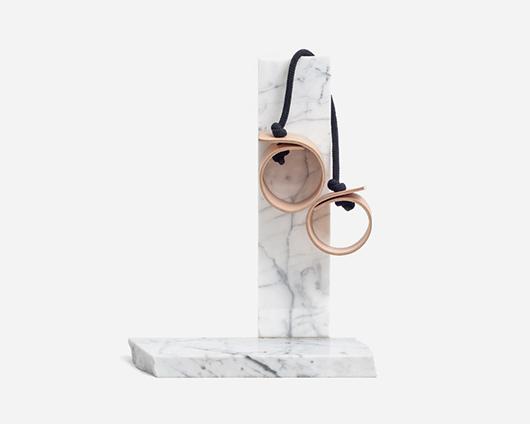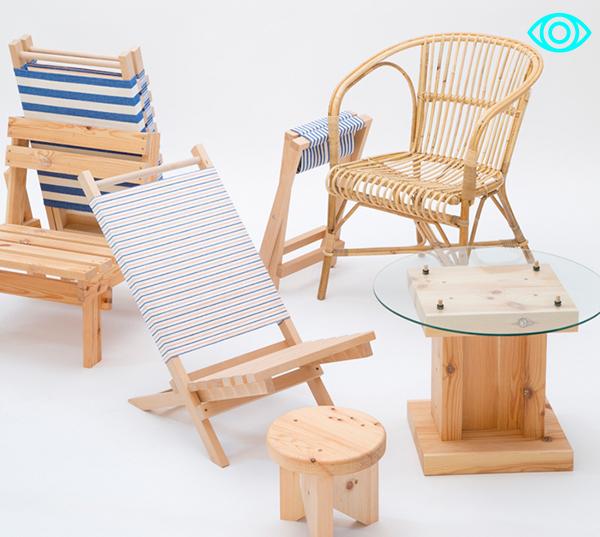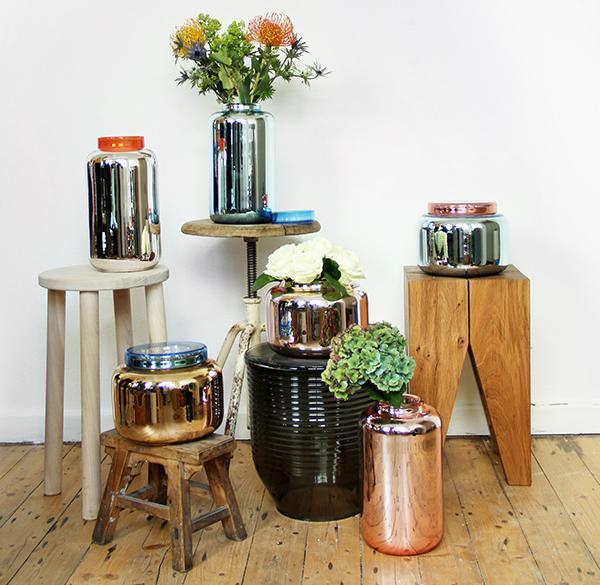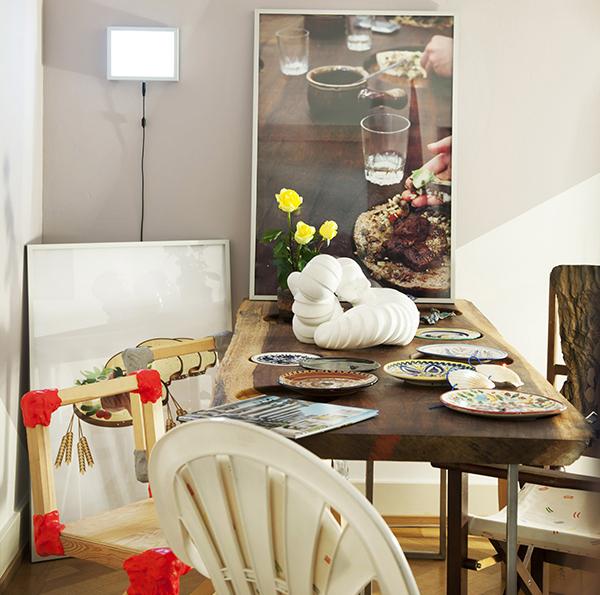
12.23.13
Excerpt: Exhibition
Come All Ye Faithful, Curated by Carson Chan
In our most recent Saturday selects post, we pointed out a recent mini-trend of design exhibitions being staged in residential contexts, including the subject of this post: Come, All Ye Faithful, a show in which Berlin-based curator Carson Chan has replaced all of the objects in Zürich curator Florian Christopher Seedorf's home with works by his favorite European artists and designers. Opening last month and running through January 12, the exhibition was timed to coincide with the holiday shopping season, when consumerism runs rampant and people are in a state of frenzied acquisition. With Come, All Ye Faithful — which also functioned as a kind of tongue-in-cheek holiday pop-up shop, since everything in it is for sale — Chan wanted to examine the consequences of all that acquiring. "When purchased objects enter the home, they assume new roles, entangling themselves with the lives and emotions of their new owners," he explains in his curators' statement. "Come, All Ye Faithful is an exhibition that observes our relationship with the objects we live with." Chan took time out of his busy holiday schedule to answer a few questions about the project for Sight Unseen.
